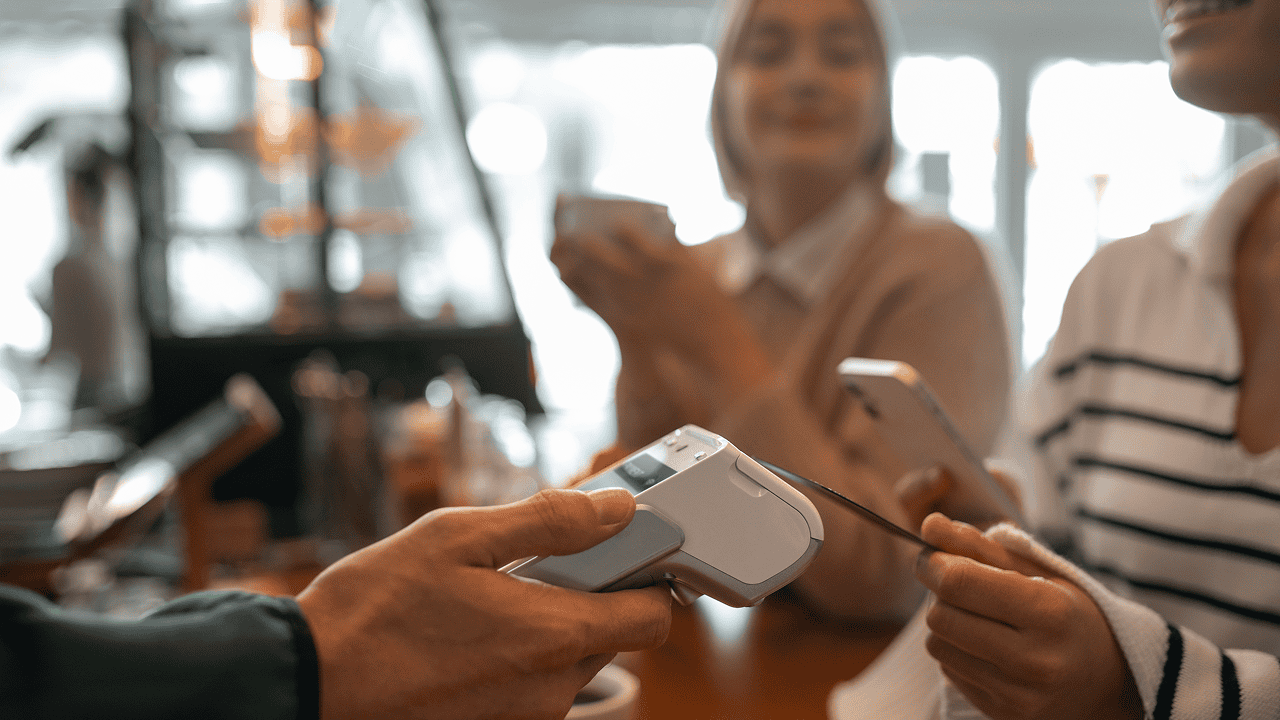
By Emelia Parsons July 10, 2025
Contactless payments have become more than just a convenient transaction method. They are reshaping the way convenience stores (C-stores) engage with customers, manage loyalty programs, and gather valuable consumer insights. As C-stores adopt tap-to-pay cards, mobile wallets, and app-based payments, a new era of data-rich, customer-centric retail is emerging.
For years, loyalty programs in convenience retail operated on basic models, physical punch cards, email signups, or rewards tied to store visits. But with the rise of contactless payments, the possibilities for personalization, engagement, and analytics have expanded dramatically. Now, each tap or scan can do more than process a transaction. It can unlock real-time information about shopper preferences, behavior, and trends.
Understanding Contactless Payments in the C-Store Environment
Before diving into loyalty and data, it’s important to understand what contactless payment technology actually includes. It involves payment methods that allow customers to complete purchases by tapping their card or mobile device near a compatible terminal, without inserting or swiping.
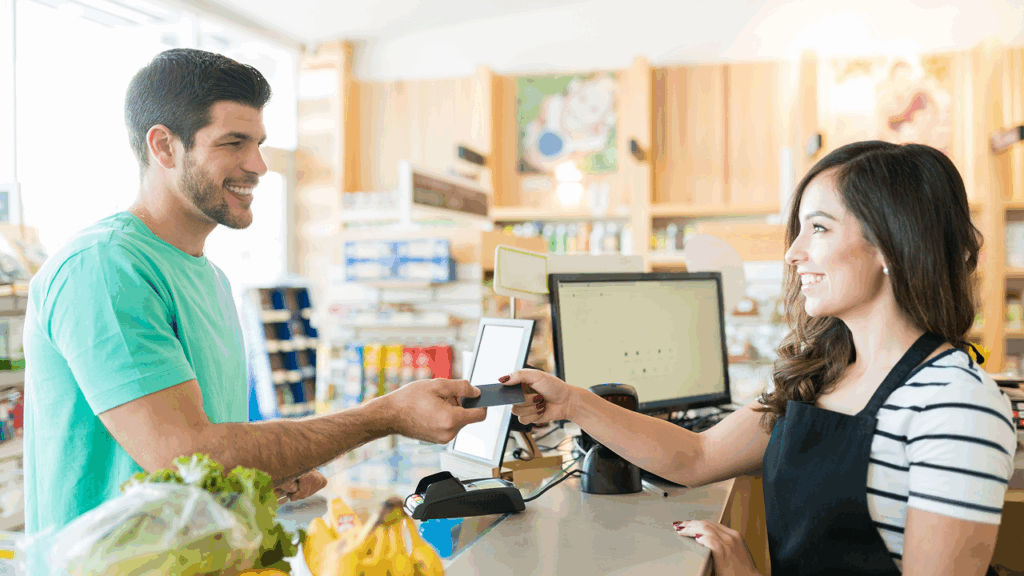
How Contactless Technology Works
Contactless payments use near-field communication (NFC), a short-range wireless technology that allows two devices to communicate. When a customer taps their smartphone or card on a reader, encrypted data is exchanged, and the payment is authorized almost instantly.
This method supports mobile wallets such as Apple Pay, Google Pay, and Samsung Pay, as well as contactless credit and debit cards. It offers fast, secure transactions and eliminates the need for PINs or signatures in most cases.
Why C-Stores Are Embracing It
C-stores are built around speed. Long lines or slow card readers create friction that turns customers away. Contactless payments streamline checkout, reducing wait times and improving customer satisfaction. The technology also supports hygienic, low-contact transactions, which became even more important during the COVID-19 pandemic.
But the biggest value lies beyond the payment itself. When connected to loyalty platforms and point-of-sale (POS) systems, contactless transactions become a tool for capturing insights and encouraging repeat visits.
Loyalty Programs in a Contactless World
Traditional loyalty systems relied heavily on manual processes. Customers had to remember to scan a loyalty card, present a code, or enter a phone number. These extra steps often created barriers to participation, especially for quick-stop shoppers who wanted to get in and out fast.
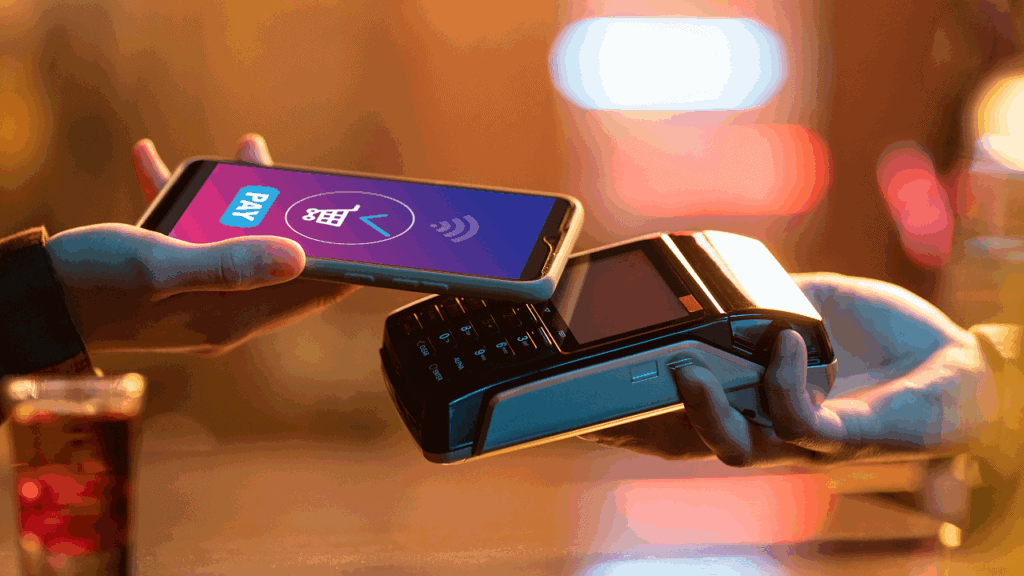
Streamlining Loyalty Enrollment
With contactless payments, loyalty can be embedded into the transaction. Many POS systems now recognize returning customers by linking payment methods to a loyalty account. A single tap is enough to identify the user, apply rewards, and track visit frequency.
This frictionless process increases participation rates. Customers no longer need to carry separate cards or remember logins. The result is a smoother experience that encourages more frequent engagement.
Automatic Point Collection and Redemption
Modern loyalty systems can automatically award points or unlock discounts when a recognized payment method is used. If a shopper taps their mobile wallet, the system instantly matches them to their loyalty profile and processes any relevant promotions.
This removes the need for customer input and ensures that rewards are never missed due to human error. Over time, this consistency builds trust in the program and strengthens the relationship between the store and the shopper.
How Contactless Payments Enhance Customer Data Collection
Perhaps the most powerful effect of contactless payments in C-stores is the ability to collect real-time, high-quality customer data. Every transaction, when linked to a loyalty profile, becomes a data point that tells a story about purchasing habits.
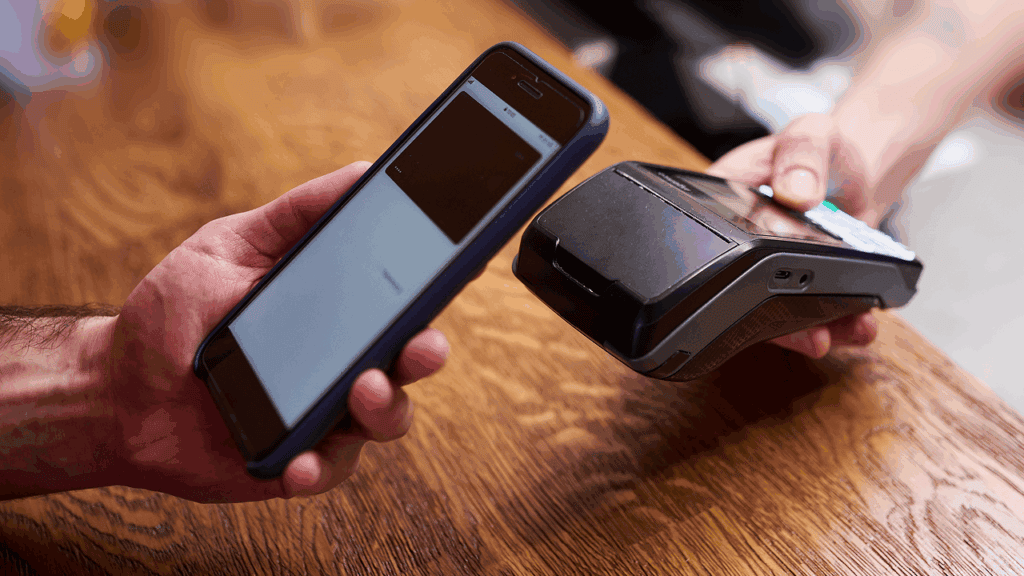
Granular Purchase Data
With integrated systems, stores can track what items were bought, at what time, and with what frequency—all tied to an individual customer. For example, if someone regularly buys coffee and snacks every weekday morning, that pattern can inform personalized promotions.
This kind of insight goes far beyond what traditional POS data could offer. It moves from general sales trends to individual behavior analysis.
Segmenting Customers More Effectively
By aggregating purchase data, stores can build customer segments based on behavior. Some shoppers might be fuel-only customers, while others regularly buy fresh food or drinks. Understanding these segments helps stores tailor marketing, adjust inventory, and plan promotions more effectively.
When combined with demographic data from loyalty accounts, this information becomes even more valuable. It allows operators to refine their target strategies and make informed decisions based on real-world behavior.
Personalization at Scale: The New Advantage
One of the biggest promises of digital retail is personalization at scale. Contactless payments make this achievable in the C-store environment, where speed often limits personal interaction.
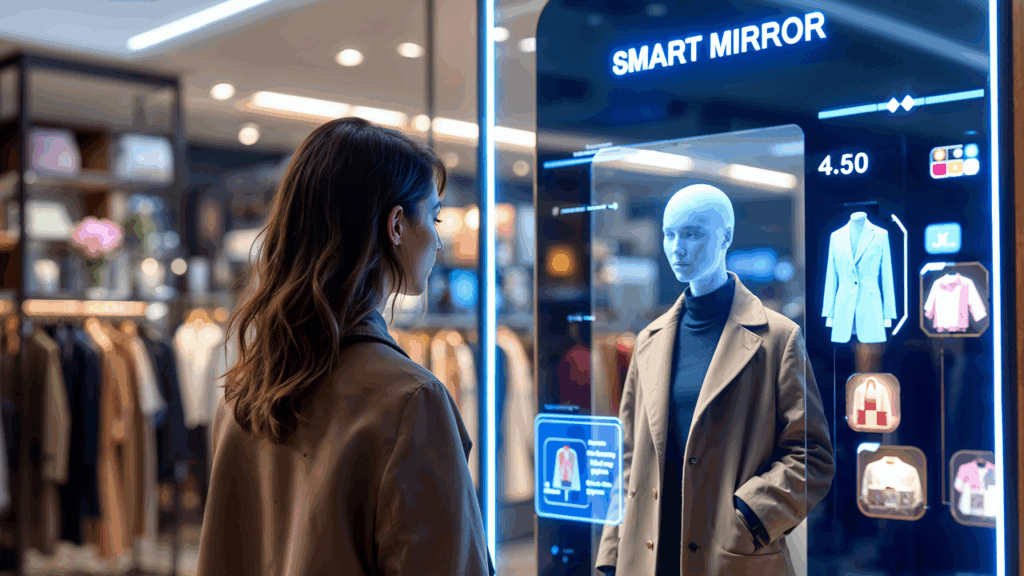
Tailored Offers Based on Real Habits
If a customer regularly buys a specific energy drink or breakfast sandwich, stores can automatically offer a discount or reward on those items. This makes promotions feel relevant, rather than generic, and increases the likelihood of redemption.
Personalized offers not only drive sales but also make the customer feel seen and valued. In a landscape where brand loyalty is hard to earn, these small gestures make a big impact.
Dynamic Loyalty Tiers and Challenges
With deeper data, stores can go beyond static rewards and offer dynamic, gamified experiences. For instance, a loyalty app might present a “3 drinks in 7 days” challenge that unlocks a free snack. Contactless transactions make it easy to track participation and reward progress in real time.
This level of interaction transforms the loyalty program from a passive points system into an active engagement platform.
Real-Time Engagement and Notifications
Because mobile wallets and apps are often linked, contactless payments open the door to real-time communication. C-stores can send instant receipts, rewards notifications, or follow-up offers the moment a transaction is completed.

Building a Feedback Loop
A well-designed loyalty app can notify customers of new promotions, birthday offers, or points milestones. It can also prompt them to rate their experience or suggest products they may enjoy based on recent purchases.
These touchpoints create a feedback loop that keeps customers engaged even after they leave the store. Over time, this strengthens brand affinity and encourages more frequent visits.
In-Store Alerts and Location-Based Promotions
Some systems go further by using geofencing or Bluetooth technology to detect when a customer is near or inside the store. This allows for location-specific promotions, such as offering a reward if the customer checks in during their usual visit window.
When used carefully, these features enhance the customer experience and reinforce loyalty. The key is to offer value, not just noise.
Challenges and Considerations for Implementation
While the benefits are significant, integrating contactless payments with loyalty and data systems is not without challenges. Small and mid-sized C-stores in particular need to weigh their options carefully.

Technology Investment and Integration
Not all POS systems are built to handle real-time data or loyalty integrations. Some stores may need to upgrade terminals, software, or network infrastructure. Choosing the right provider and ensuring compatibility with payment platforms is critical.
Working with vendors who offer bundled solutions—payments, loyalty, and analytics—can simplify the process. It also ensures smoother ongoing support and fewer integration headaches.
Data Privacy and Customer Trust
Collecting personal data, even for legitimate business use, requires transparency and care. Stores must communicate clearly about what data is collected, how it is used, and how it is protected.
Offering opt-ins for personalized offers and giving users control over their settings builds trust. Compliance with data protection laws is also essential, especially as regulations evolve globally.
Case Example: Transforming Loyalty with Contactless Integration
Consider a mid-sized C-store chain that recently rolled out a mobile app linked to contactless payments. Prior to the upgrade, only 20 percent of customers participated in the loyalty program. Signups required manual forms and a separate card.
After integrating the app with mobile payments and enabling automatic rewards, participation jumped to 65 percent within six months. Customers who paid via mobile were automatically identified, and their purchases were tracked without extra steps.
The store could now send personalized offers, suggest new products, and track redemption in real time. Sales increased across promoted categories, and average spend per visit rose by 18 percent among loyalty members.
This example shows how powerful the combination of contactless technology and loyalty integration can be, not just for operations, but for the customer relationship.
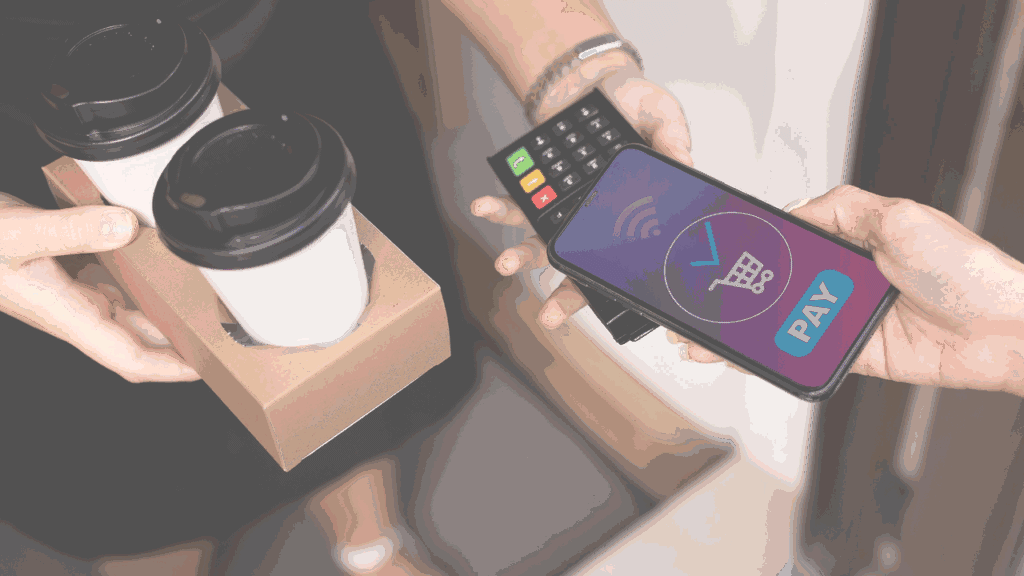
Future Outlook: Where Loyalty and Contactless Payments Are Headed
As contactless technology matures, it will become the foundation of broader retail innovation in the convenience space. New tools and strategies will further enhance how stores connect with their customers.
Unified Customer Profiles Across Channels
In the future, C-stores will aim to create unified profiles that follow customers across in-store visits, mobile orders, fuel pumps, and loyalty redemptions. Contactless payments will serve as a common thread linking all these touchpoints.
This connected experience will enable even more personalized marketing, more accurate inventory forecasting, and better customer service.
AI and Predictive Promotions
As more data is collected through contactless interactions, machine learning tools will begin to identify emerging patterns. These systems can predict when a customer is likely to return, what they are most likely to purchase, and what kind of incentive will increase basket size.
Stores can then create predictive promotions that not only respond to behavior but anticipate it.
Building a Smarter Loyalty Model with Contactless Payments
Contactless payments are more than a fast checkout option. For C-stores, they represent a strategic opportunity to modernize loyalty programs, improve customer engagement, and gather meaningful insights. By linking payments with personalized rewards, seamless data collection, and real-time communication, stores can transform occasional shoppers into loyal patrons. The convenience of the payment process enhances the entire retail experience, while the data it generates fuels smarter decisions. As technology continues to evolve, those who embrace this shift early will gain a competitive edge. With the right tools and a customer-first mindset, small and large C-stores alike can turn every tap into a lasting relationship.